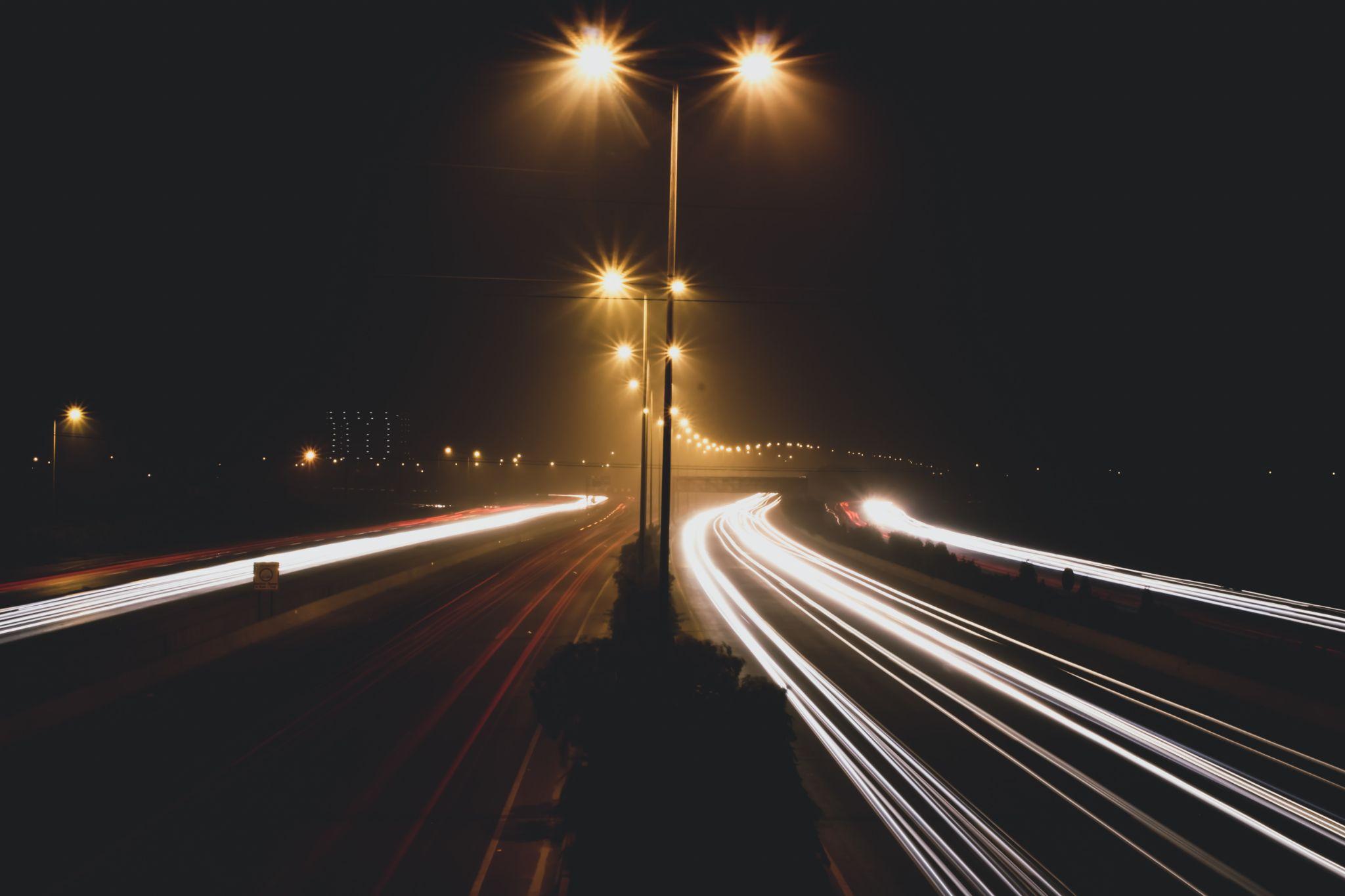Author | M. Martínez Euklidiadas
If renewable energy is virtually limitless, what is clean energy? The concepts of clean energy, green energy, zero emission energy, sustainable energy or renewable energy tend to have points in common, but they are not the same. What is clean energy technology and how does it differ from the rest?
What is ‘clean energy’?
The clean energy concept first came about at the end of the 1960s to counteract dirty energy from fossil fuel combustion and nuclear fission energy. It is generally used in a techno-optimism context and associated with alternative energies.
Although the term tends to imply that there is no direct pollution or that there are no greenhouse gas emissions, all clean, green and renewable energies have some form of impact. For example, wind and tidal power affect wildlife.
Is clean energy the same as green or renewable energy?
Clean energy tends to be associated with low impact, however, it is not an established term in the way that green energy is (in the EU taxonomy) or renewable energy.
● Green energy is a regulated concept in legal terms which, in regions such as Europe, includes nuclear energy, as an example of green but not renewable energy.
● Renewable energy refers to virtually limitless sources, but not necessarily natural sources, such as biogas, a renewable energy that is not clean because it emits CO₂, although it is green because it contributes to decarbonization.
Different regions, different definitions
The table below outlines some characteristics based on the type of energy, although there are some discrepancies. The green and clean concepts are arbitrary taxonomies based on political and social decisions, therefore there is not a general consensus.

In the United States, the government considers clean energy to include nuclear energy and biogas, ignoring their direct waste, while its own environmental agency (EPA)excludes it. In China, the concept of clean energy coincides with low-carbon energy.
The UN often changes its renewable and clean energy labels while the International Energy Agency indicates that clean means "zero emissions".
‘Clean’ does not mean ‘zero impact’
All types of energy have some form of direct or diffuse impact. Often, both, which is the case with fossil fuels.
Wind and photovoltaic energies are clean renewable energies (in the sense that they do not emit CO2) and legally green in many regions, although they do have a local impact and their raw materials do generate electronic waste.
Of course, this impact per kilowatt hour generated is much lower when compared with the impact of sources obtained from fossil fuels, and it should not be used as an excuse not to generate energy from more eco-friendly sources.
In fact, there are an increasing number of studies that highlight the co-benefits derived from the deployment of renewable energies that classify them as clean. For example:
● Fields of solar panels provide shade for sheep to graze below the panels.
● The combination of solar panels and plants on the roofs of buildings helps reduce the heat island effect.
Technologies for clean energy
The International Energy Agency, in its regular reports, indicates that low carbon energy (LCE) technologies are essential in a clean transition, indicating that "more efforts are needed" and we must start to decarbonize.
In its interactive, comprehensive and complex Clean Energy Technology Guide, it indicates dozens of technologies related to decarbonization, highlighting the following in relation to energy:
● The generation of renewable sources of energy.
● The use of hydrogen as storage.
● Use of biofuel solely as transition.
● Use of heat pumps for temperature control systems, and passive heating.
● Urgent electrification of heating and transport.
● Increased system efficiency.
Image | Thomas Richter






















































